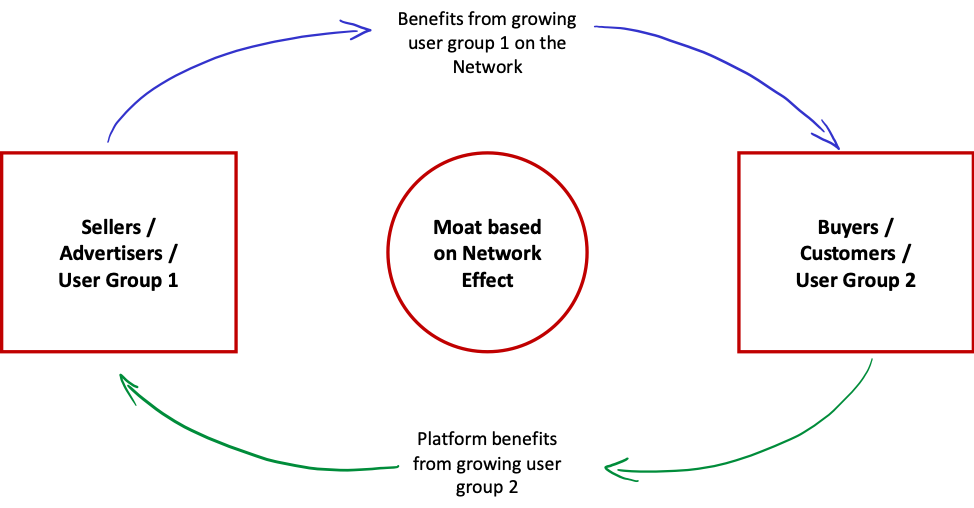Advisor Perspectives welcomes guest contributions. The views presented here do not necessarily represent those of Advisor Perspectives.
Q4 hedge fund letters, conference, scoops etc

“Advertisers preferred the paper with the most circulation, and readers tended to want the paper with the most ads and news pages. This circularity led to a law of the newspaper jungle: Survival of the Fattest. Thus, when two or more papers existed in a major city (which was almost universally the case a century ago), the one that pulled ahead usually emerged as the stand-alone winner. After competition disappeared, the paper’s pricing power in both advertising and circulation was unleashed. Typically, rates for both advertisers and readers would be raised annually – and the profits rolled in. For owners this was economic heaven.”
Warren Buffett (2006 Berkshire Hathaway Annual Letter)
Though in today’s technology-enabled era, the way information and news are disseminated has changed from newspaper to search engines, social media etc., Buffett’s quote on newspapers Illustrates the influence of network effect (NE).
This is the seventh article in our series of articles on analytical framework for analyzing moat businesses. In this article, we discuss network effects as a source of a sustainable competitive advantage and discuss our analytical framework for analyzing such moats.
Defining network effect moats
Network effect moats exist when the value of product or service increases for its users as more people use it.
At times, the superior value received by users is in the form of a reduced economic impact, i.e., lower costs. Frequently though, it takes a more abstract form like enhanced reach, improved connectivity, increased liquidity, etc. For example, for a marketplace NE moat, a growing number of buyers on the platform improves the value proposition for sellers. In turn, more sellers join the platform, resulting in a wider assortment of SKUs. The consequent improvement in value proposition for buyers kicks in a positive feedback loop causing the network to grow further. Similarly, for a social media NE moat, an increasing user base improves the social reach of all users on the network.
Network effect moats and natural monopolies
The positive feedback loop associated with all NE moats gives rise to an interesting dynamic. There is a natural tendency on the part of users to gravitate towards the most dominant network. This in turn accelerates the dominance of such businesses, giving rise to natural monopolies. It is an important attribute of these businesses as many NE businesses, as they acquire dominance, also become subject to government actions.
Network effect-based moats versus platforms and networks
Figure 1 depicts a typical NE-based moat. Generally speaking, there are two primary nodes to the network1. The product or service is usually structured as a platform offering. While NE-based moats have platforms at their heart, not all platforms create moats. Not all “networks” give rise to NE-based moats.
This is an important distinction. In a world rife with digital disruption, analysts are quick to call every platform and/or network a NE-based moat. Later in this article, we will discuss an analytical framework to differentiate true NE-based moats from platforms and networks that do not lead to durable competitive advantages.
Figure 1. Model of a typical network effect-based moat
Network effects – the most dominant moat form
NE moats are the strongest form of competitive advantages that a business can possess. Frequently, other sources of competitive advantages like economies of scale and switching costs are embedded within NE moats.
Read the full article here by By Baijnath Ramraika, Prashant K. Trivedi, Siddhi Gujar - Advisor Perspectives


